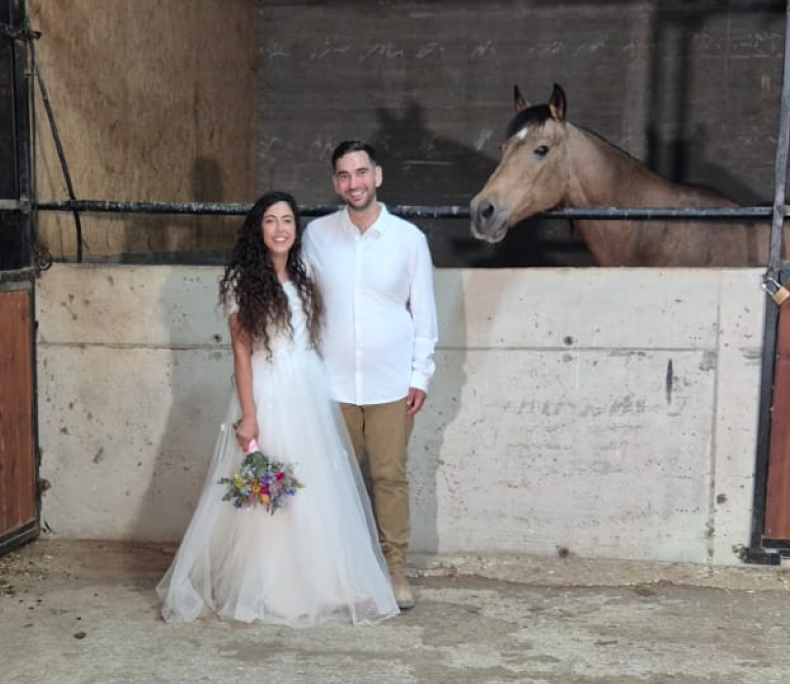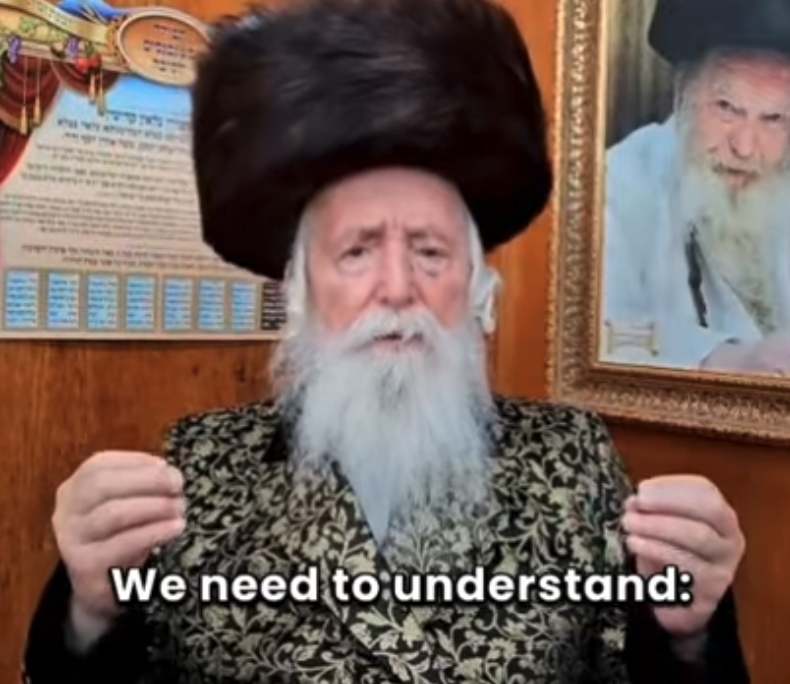The Midrash teaches that the 4 species - lulav, etrog, hadasim (myrtle), and aravot (willow) - represent different types of Jews. On Sukkot, which begins tonight, we bring them together to represent unity and remember that one of the major ideas behind the holiday is to love and embrace people who are different than you.
At Migdal Ohr, that is the essence of what we unite people to do - to take care of every Jewish child no matter what their background or origin. Thank you for being our partner in this work.
The Meaning of the Etrog
The Lesson behind the Hadasim
The Value of Lulav
Bringing all 4 Species Together
We make the Sukkah as a remembrance to the clouds in the desert that protected the Israelites, or in remembrance of the Sukkot that the Israelites built in the desert. The Torah says that at the time that they were "as one person with one heart," in wonderful unity and closeness of hearts. This is what we need to celebrate the Sukkot holiday even today.
Our Sages also hinted that the taking of the Arba'at Haminim, Four Species, signifies all the children of Israel. Each of the four species is characterized by special features, and together they symbolize the people of Israel.
The Etrog - has a taste and smell. Lulav, the palm frond - has taste but no smell. The Hadas, myrtle - it has a smell but no taste. The Arava, willow - has no taste or smell.
This diversity symbolizes all the types of the people of Israel. The Etrog with taste and smell - these are the people who have both Torah and good deeds. The Lulav with no smell but taste of the dates – these are the Torah scholars, who do not engage in good deeds. The Hadas smell without taste – those who have good deeds but have no Torah. Neither taste nor smell in the Aravot - those who have neither Torah nor good deeds in their hands.
You may say: I want only the possessors of the Torah and the possessors of good deeds, the righteous ones, I have no desire for one who has no Torah or good deeds, and I certainly do not want any connection with one who has neither Torah nor good deeds.
The Torah teaches us that with an Esrog alone you cannot keep the mitzvah, not even in the combination of the Lulav and the Hadas. You must also take the Arava, which has neither taste nor smell, with you, and attach it to the Lulav and the Hadas and the Esrog. Only when all these types are embraced and united - will you be able to approach the Creator and keep the mitzvah.
There is no Jew who has no place, you just have to find him and connect him to the group.
That is why the Sages said, "All Israel deserves to sit in one Sukkah," a teaching they did not teach during the other holidays, because it is precisely the power of Sukkot and its commandments that enables the acceptance of the other, and only in the Sukkah can all the people of Israel be united under one roof - G-d's roof.
Chag Sameach!
*In order to celebrate with the children, Rabbi Grossman and the staff has been quarantined with the kids and are considered one “family” on the campus by the Health Ministry. Between themselves, masks are a precaution but not a must as they are a self contained unit with no one else coming to or leaving campus. The Rabbi is wearing a special protective face shield to allow the kids to see what he's saying.
They wish you a heartfelt Chag Sameach!




